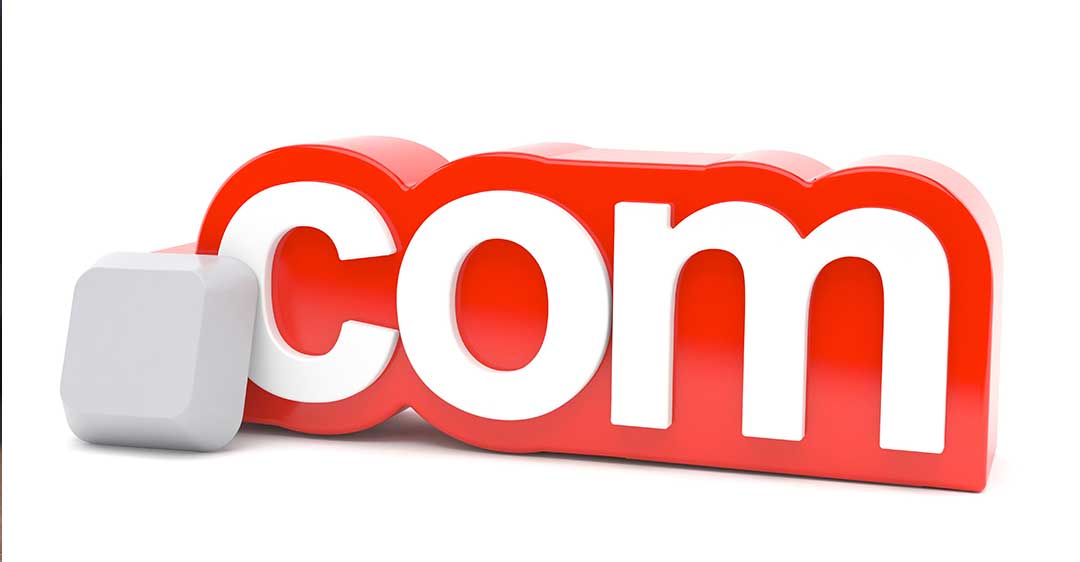
Trademarks have always been an important part of business and marketing. A trademark gives you sole rights to use a specific name or term, and in the past, that right was reserved for unique names. Terms that were more widely used in daily language were not eligible to be trademarked.
However, last June, the Supreme Court handed down a landmark ruling in the case of the United States Patent and Trademark Office vs. Booking.com. Read on to learn more about this ruling and how it could impact your ability to make a trademark for your site.
The Ruling
On June 30, 2020, the United States Supreme Court ruled that a generic word with “.com” at the end of it is eligible to be trademarked. This ruling centered around a lawsuit that dealt with Booking.com, a popular hotel booking website. The U.S. Patent and Trademark Office refused to grant a trademark to Booking.com and the matter found its way into the courts.
As we will discuss in a moment, the U.S. Patent and Trademark Office does not allow trademarks on generic terms. However, Booking.com argued that simple company names are not generic terms. This ruling was a major shift in the way the United States views trademark-eligible terms.
How the Votes Fell
The case was decided by a majority vote of 8-1, with Justice Ruth Bader Ginsburg writing the majority opinion. The lone dissenting judge was Justice Stephen G. Breyer.
The USPTO relied heavily on a similar case that was brought before the court in 1888, Goodyear’s India Rubber Glove Mfg. Co. v. Goodyear Rubber Company. In that case, the Supreme Court ruled that adding the word “company” to the end of a generic term did not make it trademarkable. So you could not, for instance, trademark the brand name “Shoe Company.”
Trademarking Generic Terms
As a rue, general terms are not eligible for trademarking. For instance, a company cannot own the rights to use the word “tissue.” “Kleenex” is a trademarked brand name, and no other tissue companies can use that term. But other companies are still allowed to advertise their products as tissues because the term cannot be trademarked.
This kind of restriction on trademarks is designed to even the playing field in the industry competition. Are you more likely to buy a product advertised as a tissue or one that’s marketed as a “nasal discharge wipe”? Trademarking generic terms would also place enormous limits on the language media content creators could use in their work.
Why Website Names Are Not Generic
Justice Ginsburg and the other seven majority justices argued that website domain names are inherently not generic terms. Because there can only be one of each web domain name, the term is not generic. Even if a thousand companies sell tissues, there can only be one “tissue.com,” which makes that website in itself unique.
The majority ruling also argued that simple company names set themselves apart from the generic version of those terms. You would say that Hotels.com is a booking website, not a Booking.com website. The simple addition of “.com” creates a unique identifying term.
The Dissent
Justice Breyer, the dissenting judge, felt that allowing websites to trademark generic terms with “.com” at the end of them would create a slippery slope that would undermine the original purpose of creating trademarks. Trademarks are designed to protect a company’s intellectual property and branding rights. However, they are not meant to allow a business to push all competitors out of business by trademarking any terms related to their industry.
Justice Breyer argued in his dissent that there are competitive advantages of having short, generic brand names that are easy to locate on the internet. He felt that allowing businesses to trademark these terms could give them an unfair competitive advantage. This could damage the market and lead to more monopolizing situations.
Repercussions of the Decision
Justice Breyer may have had a point in his dissent—there’s no arguing that this will transform the way we think about trademarks. In the past, trademarked names may have had to be unique. Although Kleenex is now synonymous with tissues in our culture, Kleenex is an original name, whereas tissue is not.
But with this court decision, all a company will have to prove to get a trademark is that its brand name is widely recognized as being unique. If you were to found the Shoe Company and grow the business to be a Fortune 500 company, you might be able to trademark your company name. And thanks to this decision, any website URL may be trademarkable since they are all unique.
Why You Should Get a Trademark
So if you have a website, why should you bother getting a trademark for it? The simple answer is that it helps you corner your specific place in the industry. If you establish a successful business named Shoe Company, you don’t want a competitor to take advantage of your marketing success to divert attention to their business, The Shoe Company, Inc.
Applying for a trademark is a fairly straightforward process. Most people can complete an application for a trademark online in less than an hour and a half. You will want to check the trademark database before you begin your application, and it’s a good idea to hire an experienced trademark attorney to help you navigate the process.
Learn to Make a Trademark
The Supreme Court’s decision in the Booking.com case will forever change the way companies make a trademark. With this ruling, almost every URL will be eligible for trademarking, and we may see a change in online marketing tactics. If you have a website you’ve been wanting to trademark, take advantage of this new ruling and file an application!
If you’d like to get help with your trademark application process, get in touch with us at Boyer Law Firm, P.L. In this dog-eat-dog-world, we’ve got your business covered. Contact us today for a case evaluation to start getting your company the protection you need.





